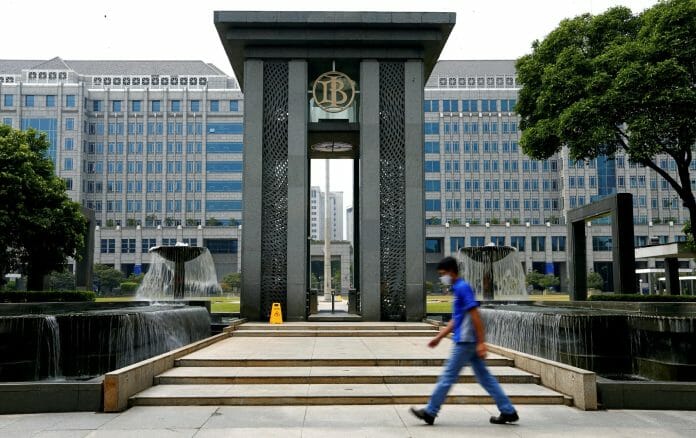Indonesia raised its benchmark interest rate by another quarter-point, in a move that brings the central bank near the end of its tightening cycle as it balances the need to tamp down any lingering price pressures while safeguarding growth momentum.
Bank Indonesia lifted the seven-day reverse repurchase rate to 5.75% on Thursday, as seen by 23 of 28 economists surveyed by Bloomberg. The rest had predicted a pause. Neighbouring Malaysia unexpectedly maintained its key rate on Thursday.
“The more calculated decision on policy rate increase is a follow-up step to ensure continued lower expected inflation and inflation in a front-loaded, pre-emptive, and forward-looking measure,” Bloomberg reported Governor Perry Warjiyo saying.
The decision, which takes the cumulative increases to 225 basis points since August, suggests that monetary authorities remain focused on tempering prices. Inflation — which unexpectedly picked up last month — may stay above the central bank’s 2%-4% target, as food and transportation costs increase ahead of Ramadan.
The central bank reaffirmed its 2023 gross domestic product growth estimate at the mid-point of 4.5%-5.3% and a current account that could range from a surplus to deficit equivalent to 0.4% of GDP, according to Warjiyo. Headline inflation is expected to return to the 2%-4% target range in the second half of this year, he said.
Economic recovery is supporting the rupiah’s recovery, the governor said. The strength in the local currency also bodes well for checking import costs, and in turn, headline price gains. That’s thanks to foreign investors returning to emerging markets amid signs that the US inflation is coming under control, dimming chances for any aggressive rate moves by the Federal Reserve.
There are chances that the rupiah reprieve may be short lived, as a global economic slowdown risk dragging Indonesia’s trade down further. While the trade surplus set a new full-year record at US$54.5 billion in 2022, exports have continued to shrink since hitting a high in August.









